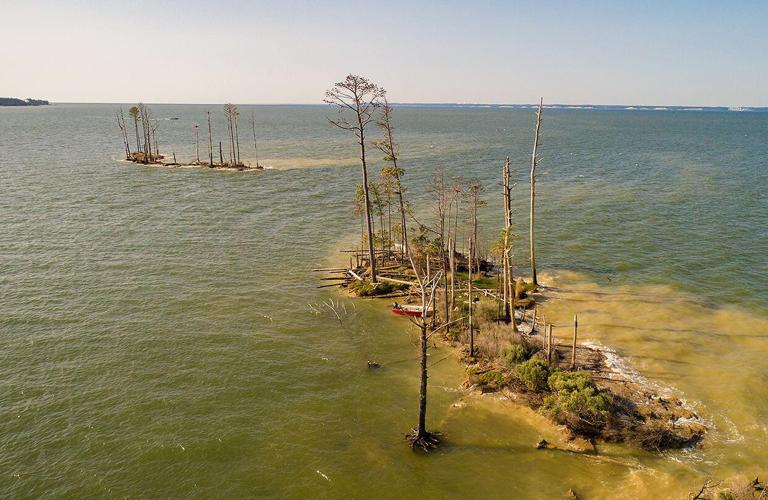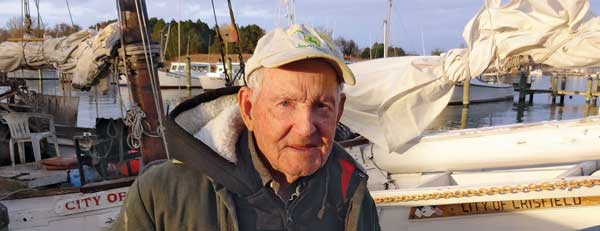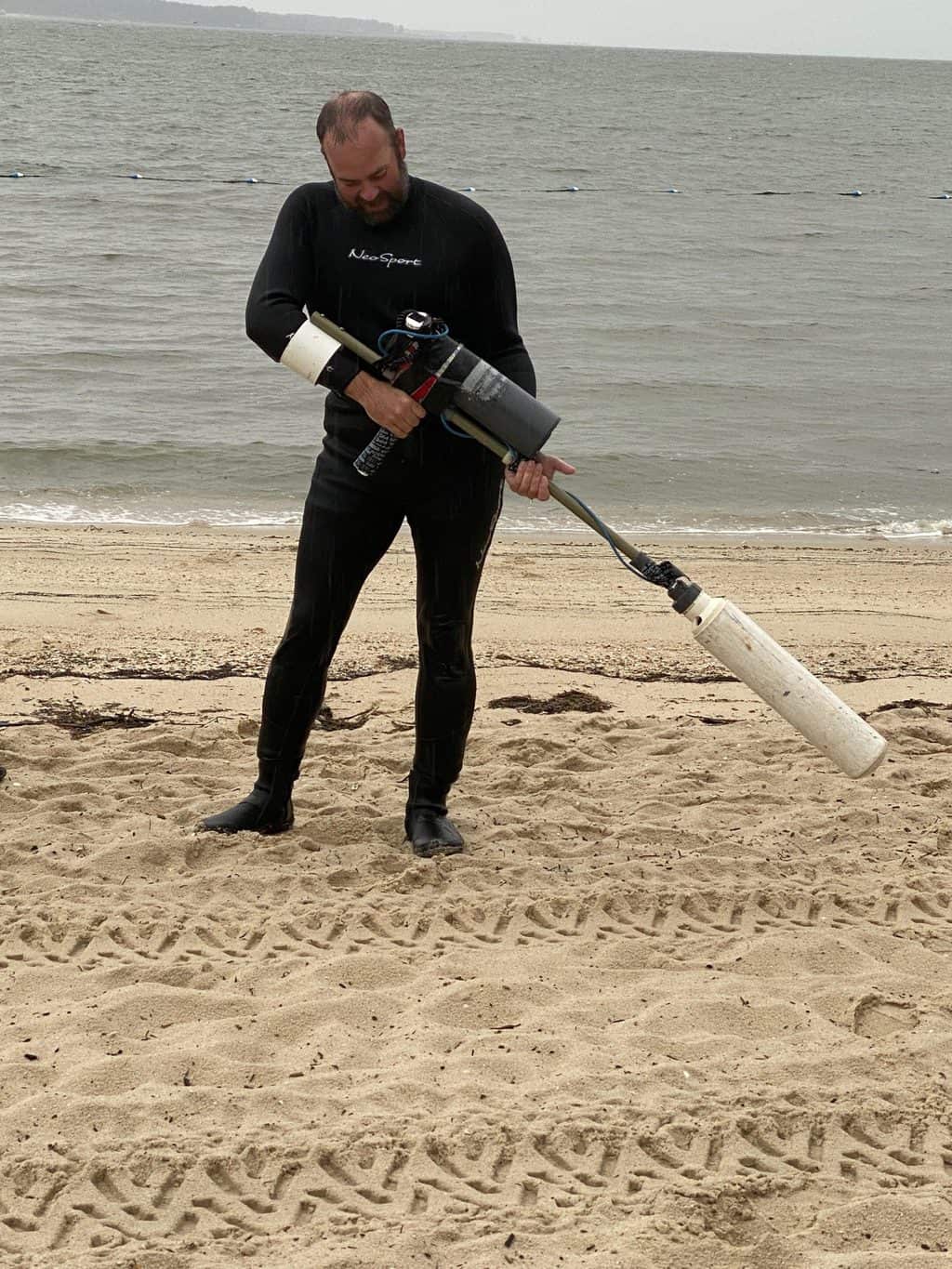James Island is gone. Long live James Island.
The U.S. Army Corps of Engineers and Maryland Port Administration are finalizing their proposal to resurrect an island that has vanished beneath the waves of the Chesapeake Bay. If all goes according to plan, James Island will convert more than 2,000 acres of open water into prime habitat for migratory birds while helping to protect communities on the vulnerable Eastern Shore from further erosion.
At the same time, it will solve an unending problem for the Port of Baltimore: finding a placement site for the built-up sediment dredged annually from the Bay’s shipping channels.
With the November release of the project’s final Environmental Impact Statement (EIS), the two agencies took a critical step toward beginning construction on what is poised to become the largest human-made island in the Bay. The island is set to rise north of Dorchester County’s Taylors Island just outside the mouth of the Little Choptank River. It will be built using the mucky sediment cleared from shipping channels.
The report presents the most detailed look yet at how the massive undertaking will take place.
Several state and federal agencies, along with members of the public, submitted written comments to which the Army Corps was required to reply, including these key responses:
Where is the dredged sediment coming from?
That would be the approach channels in the Upper Bay that lead to the Port of Baltimore and the Chesapeake and Delaware Canal, which bisects the northern Delmarva Peninsula. For nearly 30 years, that material has been used to rebuild Poplar Island just offshore from Tilghman Island on Maryland’s Eastern Shore.
Will that muck be contaminated?
That’s a big concern shared by many in the fishing community. “You don’t know how toxic it is even though they’re supposed to test it,” said Bob Whaples, a longtime waterman, in an interview.
The Army Corps said in the EIS that “existing data do not support [such] claims.” The sediment is routinely sampled, and the results are sent to the Maryland Department of the Environment. If the material isn’t safe enough, it won’t be placed on the island, the Corps said.
A legacy of shore-hardening and industrial pollution has led to widespread contamination of Baltimore Harbor. But James Island, like Poplar, would source its material from the Upper Bay, which derives cleaner silt from the Susquehanna River flows and shoreline erosion, the Army Corps wrote.
Why is this happening now?
Poplar is set to reach its 1,715-acre capacity around 2030. Each year, dredges scoop up around 3 million cubic yards of silt from the bottom of the channels to keep them open for huge container ships. The state of Maryland bans the placement of dredge material into open water. So, officials are on the clock to prep Poplar’s replacement. Construction on James is targeted to begin by the end of 2025.
How will the new James Island be protected from erosion and sea level rise?
Like Poplar, much of James will be ringed by a formidable stone dike, measuring 20 feet high above the low-water line and about 9 miles in circumference. Holding cells must be finished before the dredge material is brought in. That’s because the fine-grained silt is mixed with water before being transported by pipe and would wash away into the surrounding Bay without containment.
Bay islands are typically bounded by sand or marshes. Isn’t all that stone unnatural?
Yes, which is why the Army Corps is mulling a slight alteration to the approach it used for Poplar.
The stone barrier there has helped attract fish around the outside of the island, delighting local anglers. But few larger specimens are brave enough to make their way inside the island’s perimeter using the long culverts that serve as outfalls for the internal creeks, said Jonathan Watson, a fish biologist for the National Oceanic and Atmospheric Administration (NOAA).
“It’s kind of a scary place for fish to venture into,” he said.
Watson and his colleagues recommended constructing wider, deeper inlets and connecting them with habitats that fish love, such as wetlands and offshore rock reefs. The Army Corps indicated it will adopt these practices years down the road after the material settles into place.
“We want to build off what we did on Poplar, but make it Poplar 2.0,” said Angie Sowers, an Army Corps planner.
The James marshes are being designed to support living things. Which ones?
The EIS comments show agencies at odds over which species should benefit most from the effort. The answer to that dilemma has big implications for how the island is built.
Slightly over half of the island’s acreage is set to become wetlands. Transforming most of that acreage into “high marsh” habitat, as advocated by the U.S. Fish and Wildlife Service, would give the island more protection from sea level rise and make it more hospitable to rare bird species. Favoring a lower footing, as promoted by NOAA scientists, would be more conducive to aquatic species.
In the final EIS document, the Army Corps proposes a 50–50 split between high and low marshes. At Poplar, the low marsh acreage prevails by a 4-to-1 ratio over high marsh.
“This entire project is a balancing act of providing benefits to all the species that use this habitat,” Sowers said.
You can read this story in its entirety at bayjournal.com.




